This article is taken from PN Review 229, Volume 42 Number 5, May - June 2016.
Syllabics
Psycho-Syllabics / Confessing to Syllabics
‘I, too, dislike it’, wrote Marianne Moore, referring to poetry – and she must have included syllabic poetry because she was and remains its pre-eminent practitioner. Her opinion is not unusual. My impression is that contemporary syllabics, where the organisational principle in the line is the number of syllables, never was and still isn’t popular. I hear conversations between poets about which journal editors won’t accept a submission in syllabics. I know poets who write in syllabics but hate to be asked about it and dismiss the fact. Peter Groves has listed the judgments of anti-syllabicists including Basil Bunting (‘silly’), Michael Hamburger (‘cannot see the point’), Adrian Henri (‘redundant’), Peter Levi (‘uninteresting’), and John Heath-Stubbs (‘totally spurious’). Thom Gunn, discounting his own superb examples, said he used syllabics only to get away from traditional English metre and onto free verse. Donald Hall described that process:
Syllabics was a way of holding on to number while avoiding iambic. I rhymed on the off-stress, pretending that English was French. From syllabics I took the leap to various types of free verse. I felt this necessity to break out of the cage I had made for myself […]
Even this exercise-led approach to syllabics hasn’t helped it. A creative writing MA student told me recently that her tutor had warned her against syllabics. She isn’t sure why.
I also wonder. But then I’m fascinated by the syllable and all its actions. The syllable is the conventional, language-led atom in every English-language poem. Like any atom, ...
Syllabics was a way of holding on to number while avoiding iambic. I rhymed on the off-stress, pretending that English was French. From syllabics I took the leap to various types of free verse. I felt this necessity to break out of the cage I had made for myself […]
Even this exercise-led approach to syllabics hasn’t helped it. A creative writing MA student told me recently that her tutor had warned her against syllabics. She isn’t sure why.
I also wonder. But then I’m fascinated by the syllable and all its actions. The syllable is the conventional, language-led atom in every English-language poem. Like any atom, ...
The page you have requested is restricted to subscribers only. Please enter your username and password and click on 'Continue':
If you have forgotten your username and password, please enter the email address you used when you joined. Your login details will then be emailed to the address specified.
If you are not a subscriber and would like to enjoy the 292 issues containing over 11,700 poems, articles, reports, interviews and reviews,
why not subscribe to the website today?
